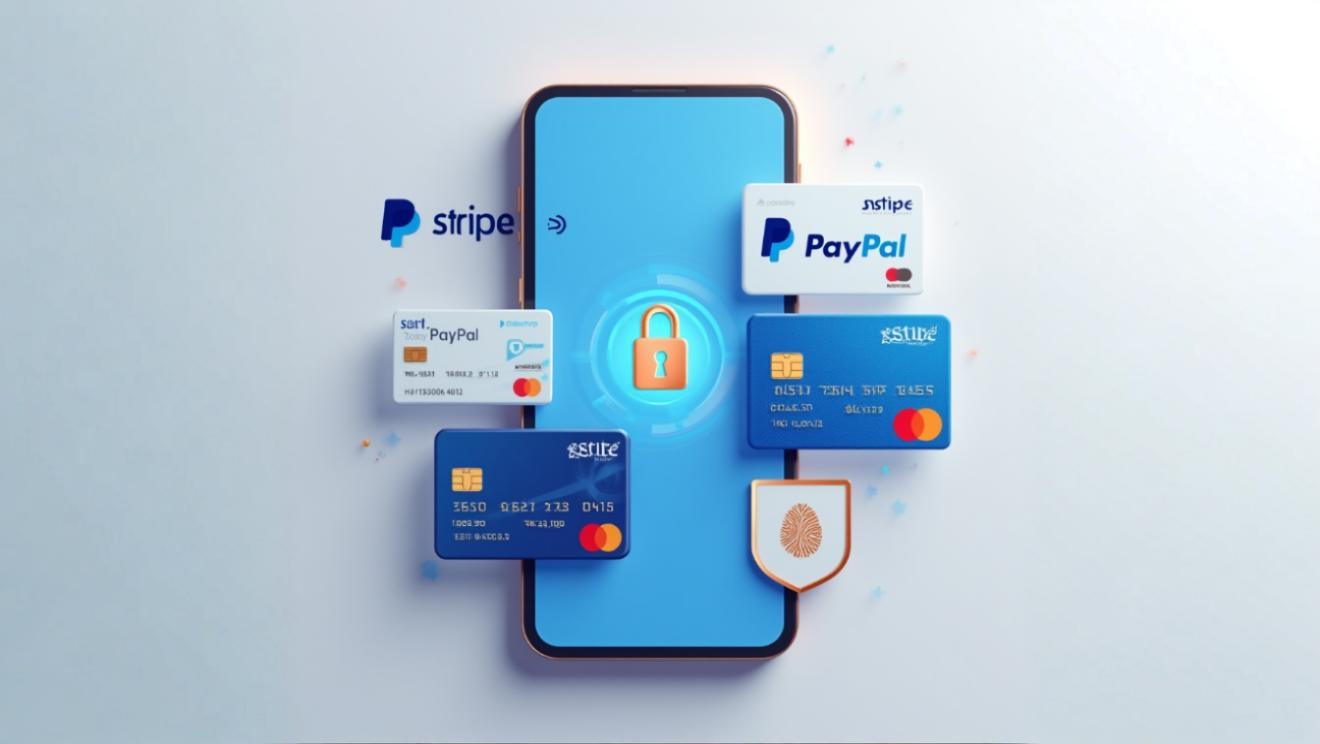Integrating Payment Gateways in Mobile Applications
| 0 Comments | Harmi V

Introduction: Payment Integration is the Heart of Transactional Apps
Today’s users expect fast, secure, and smooth payment experiences—whether they’re shopping online, booking a service, or subscribing to a plan. Delays, security issues, or extra steps can make them abandon the transaction. That’s why integrating a payment gateway is not just a technical step, but a critical UX moment.
At Gopanear, we’ve helped startups and enterprises integrate secure payment gateways into e-commerce apps, SaaS platforms, and on-demand services. Here's a simplified yet powerful guide for mobile app payment integration that actually works.
1. Choosing the Right Payment Gateway
What it is: A payment gateway is the tech that processes credit cards and digital payments in your app.
Why it matters: Choosing the right one depends on your market, transaction volume, user base, and platform.
Example: Stripe, Razorpay, PayPal, and Cashfree are popular choices. For an Indian e-commerce app, we recommended Razorpay for UPI and card support with native SDKs.
2. Use Native SDKs for Better UX
What it is: SDKs (Software Development Kits) provided by payment gateways help you build payment forms directly inside the app.
Why it matters: Native SDKs reduce redirects, improve speed, and offer a seamless user experience.
Real-world use: For a home services client, Gopanear implemented Cashfree's Android SDK. It boosted successful transactions by 18% due to reduced cart drop-offs.
3. Secure the Transaction Flow
What it is: Security layers like tokenization, encryption, and 3D Secure are used to keep payment info safe.
Why it matters: Compliance with PCI-DSS and secure token flows reduce fraud and boost trust.
Tip: Always perform server-side validation and never store card data.
4. Support Multiple Payment Methods
What it is: Users want options—credit/debit cards, wallets, UPI, net banking, and buy-now-pay-later.
Why it matters: More choices = higher chances of successful checkout.
Example: For a shopping app, Gopanear integrated Razorpay with UPI, cards, and EMI, which improved transaction completion by 32%.
5. Handle Failed Transactions Gracefully
What it is: When a payment fails, users need to know why—and what to do next.
Why it matters: A bad error message = abandoned cart. A clear retry path = saved revenue.
Use Case: We added a “Retry” option and clear error reasons in a food delivery app, increasing user trust and reducing churn.
6. Localize Payment Experience
What it is: Adapting currency, language, and method based on region.
Why it matters: Local trust drives higher adoption. Regional methods like Paytm or MobiKwik are often preferred.
Real Use: For an international event booking app, Gopanear used dynamic currency switching and payment method suggestions based on user location.
Real Example: Gopanear’s Fintech App with Razorpay
A fintech startup needed to launch an app with recurring subscription payments, one-time purchases, and wallet top-ups. Gopanear:
- Integrated Razorpay for seamless in-app payments
- Used tokenized card storage with consent for recurring charges
- Set up webhook-based real-time transaction logs
- Designed clear user feedback (success/failure screens with next steps)
Result:
- Payment drop rate reduced by 45%
- User satisfaction scores improved by 30%
- Daily transactions scaled up by 3x
Conclusion: Payments Are UX, Not Just Code
Payments sit at the final—and most sensitive—step of a user journey. If that moment is slow, confusing, or unreliable, the entire product suffers. A seamless payment gateway integration can mean the difference between a completed sale and a lost customer.
At Gopanear, we don’t just plug in payment systems—we design them to match business goals and user needs. Whether it’s supporting multiple currencies, optimizing for one-click checkout, or enabling recurring subscriptions, we build with performance and trust at the core.



Leave a Reply